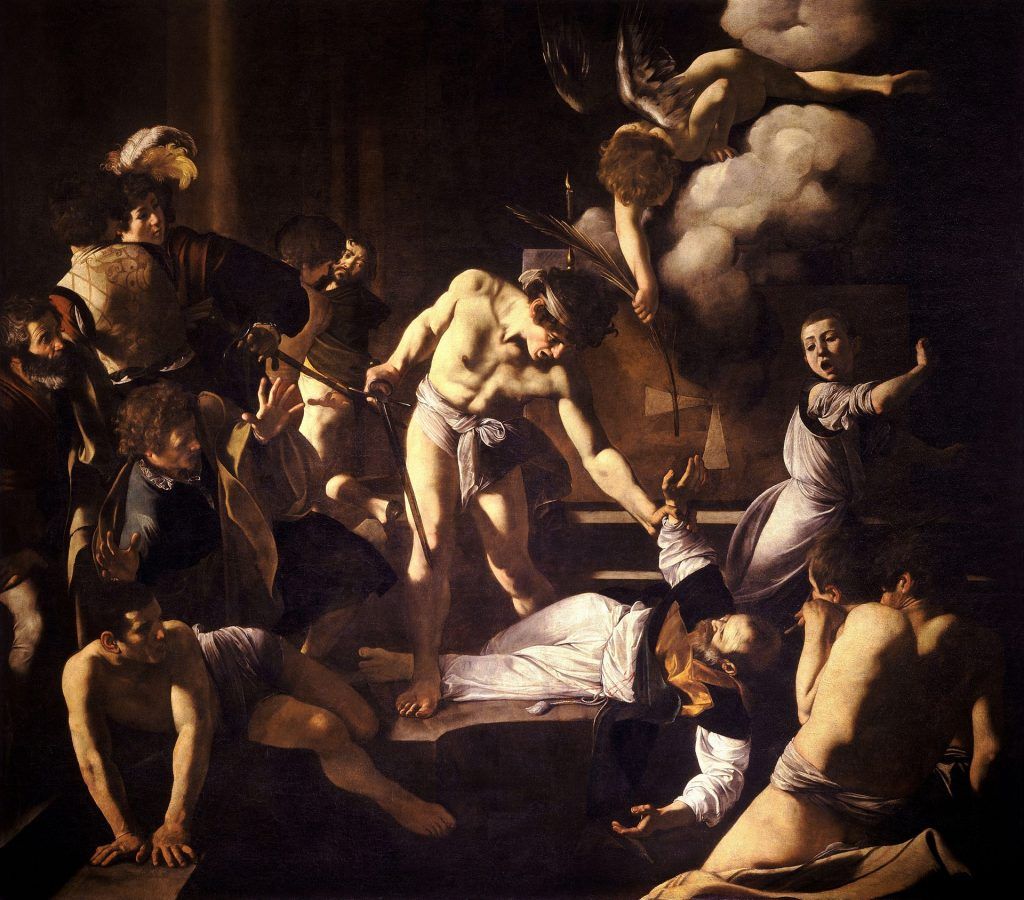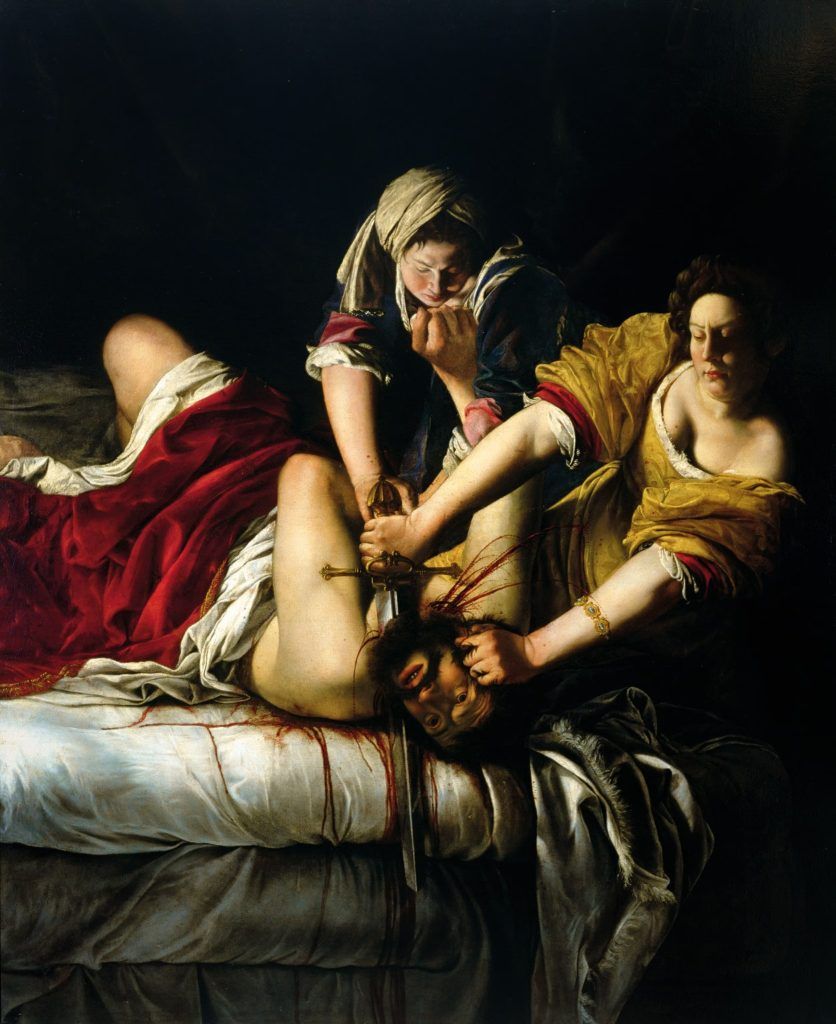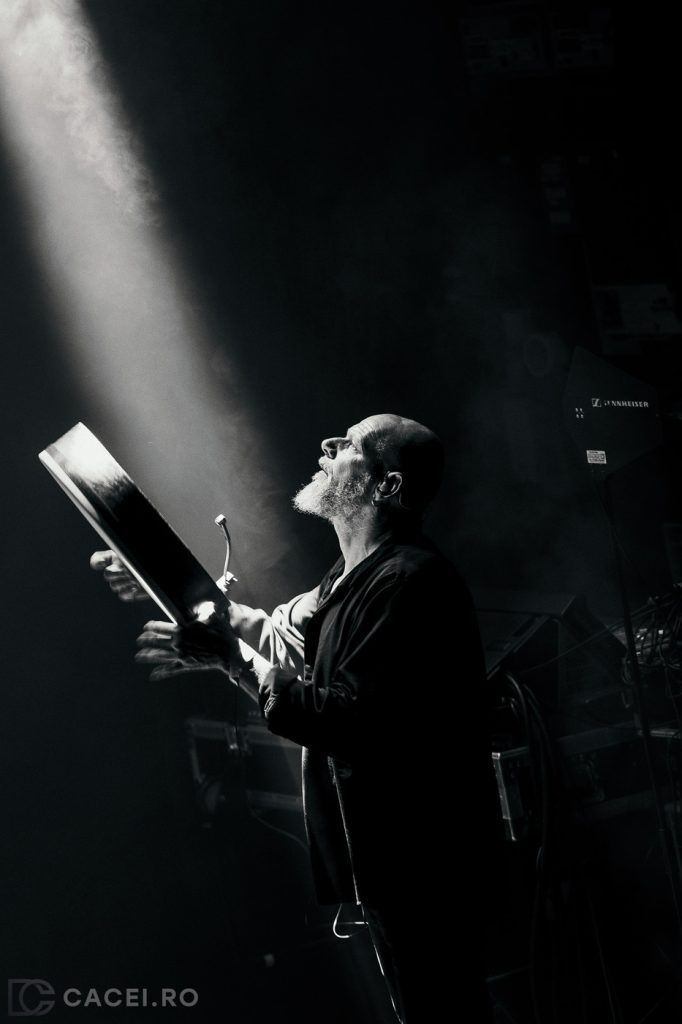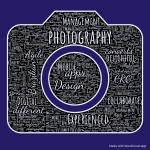Chiaroscuro – A Photographer Guide to This Technique
Light and shadow. As a concert photographer, I’m obsessed with this relationship. The contrast between bright spotlights and dark shadows can make for some incredible photos.
Backstory on Chiaroscuro
Chiaroscuro comes from the Italian words light (chiaro) and dark (scuro).
The technique started in the Renaissance era when artists like Caravaggio used it to make their subjects pop off the canvas.
Other big names in art like da Vinci, Rembrandt and Vermeer all had many paintings using chiaroscuro. Seeing the work of those legends proves that spotlight + shadows = success.
Caravaggio: The Master of Chiaroscuro
Perhaps no artist is as closely associated with chiaroscuro as Michelangelo Merisi da Caravaggio. The 16th/17th-century Italian master revolutionized chiaroscuro and brought it to new heights in his works.
Caravaggio’s approach used stark contrast between light and dark areas. His subjects emerge brightly lit against very dark backgrounds. This dramatic contrast became known as tenebrism.
Caravaggio often spotlights his subjects using a single light source. This focused lighting would add more depth to the three-dimensionality of his figures and charge his paintings with striking realism.

Caravaggio’s mastery of light and shadow took religious and mythological scenes to a new level of drama and intensified their emotional impact. The illuminated subjects and black voids of darkness became Caravaggio’s signature baroque style.
Chiaroscuro’s Lesser Known Influencers
While most of us know the masters, there are plenty of lesser-known creators who have made key contributions to the chiaroscuro technique over the centuries:
- Jusepe de Ribera and his tenebrism style used strong contrasts between light and dark to heighten the emotional impact of his paintings. His chiaroscuro focused on darker shadows rather than gradations.
- Dutch artist Gerrit van Honthorst painted nocturnal scenes lit by a single candle, allowing subtle light to emerge from deep shadows. He was so skilled with chiaroscuro, he earned the nickname “Gherardo delle Notti” meaning Gerard of the Night.
- Georges de La Tour, a French painter in the 1600s, created religious and genre scenes with powerful light effects contrasting with heavy shadows. He pioneered the use of candlelight as the only light source in a painting.
- Artemisia Gentileschi, one of the most influential female Baroque painters, employed chiaroscuro to convey drama and emotion in her biblical and mythological scenes. The contrast amplifies the intensity of her subject matter.

Chiaroscuro in Photography
Photography opened up new creative avenues for chiaroscuro. Photographers saw the potential of using stark contrasts between light and shadow to generate bold, striking images.
Photography icons like Bill Brandt, Greg Heisler and Yousuf Karsh have all leveraged this technique to produce super-intense portraits. The interplay of light and shadow takes their dramatic photos to the next level.

Contemporary photographers like Jill Greenberg have also experimented with chiaroscuro, crafting imaginative portraits with neon colours emerging from darkness. This proves the technique remains creatively relevant even today.
Chiaroscuro Concert Photography
Chiaroscuro can be an awesome tool for capturing energy and emotion at concerts. The contrast between spotlights and shadows can amplify a performance’s intensity. This is especially true for moodier genres like metal.
In concert photography, chiaroscuro manifests naturally with performers bathed in hot spotlights while the crowd and background descend into darkness.
By embracing both extremes – light and shadow – you can take compelling live music photos with drama and visual impact.

Pro Tips for Concert Chiaroscuro
- Watch the Lighting: Note where spotlights hit your subjects and where shadows fall. Understanding the lighting dynamics is essential.
- Work with Darkness: Don’t avoid dark areas. Shadows add depth and accentuate the 3D look.
- Get Fast Lenses: Quality low-light lenses, with an aperture f/1.8 or wider, allow you to capture detail in shadows and spotlights.
- Enhance in Post: Dodging and burning can intensify the light/shadow contrast. Don’t be afraid to push chiaroscuro effects.
Why Chiaroscuro Still Captivates
This centuries-old technique remains relevant because of its striking power. The contrast between light and shadow taps into the essence of an image.
Chiaroscuro’s contrast immediately draws the viewer’s eye. It creates photos with a strong atmosphere, mystery and drama.
Both classic paintings and modern concert photography can be pleasant to our audiences through effective chiaroscuro. The technique may be old, but its impact is timeless.

Takeaway for Concert Photographers
Mastering chiaroscuro requires practice and an understanding of how light and shadow interact. But the payoff is huge – injecting artistry and emotion into your concert photography.



